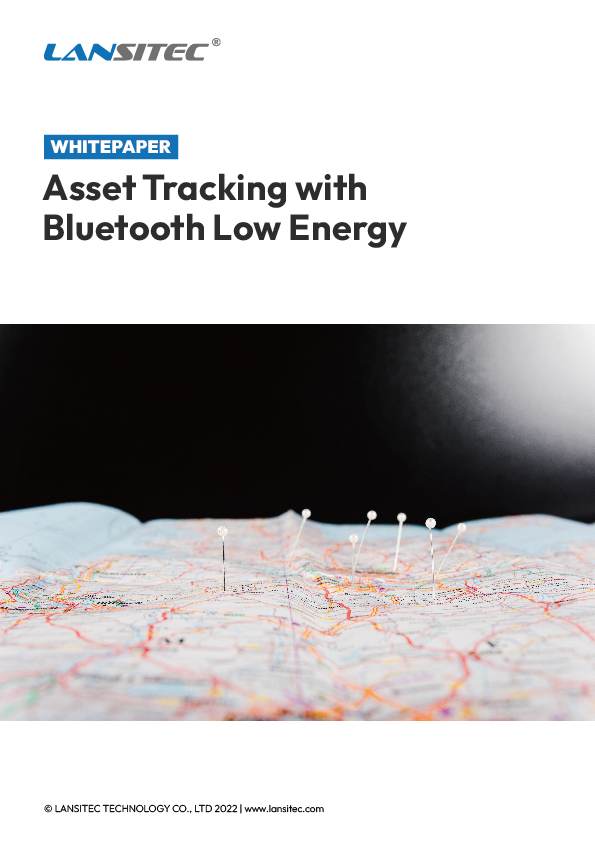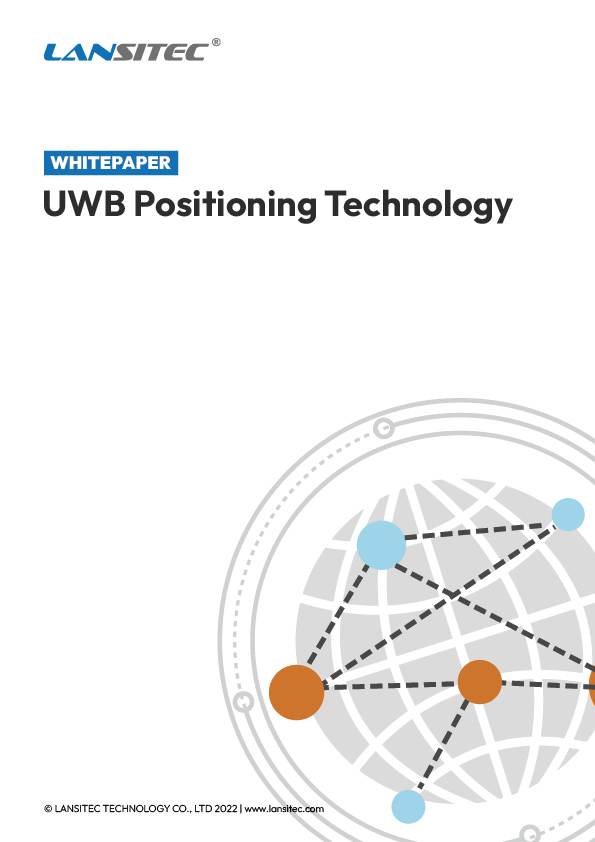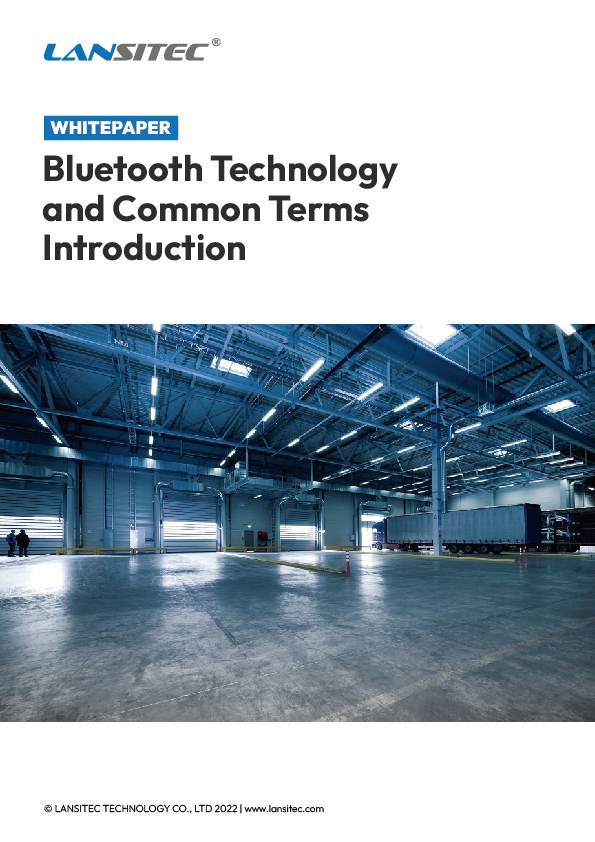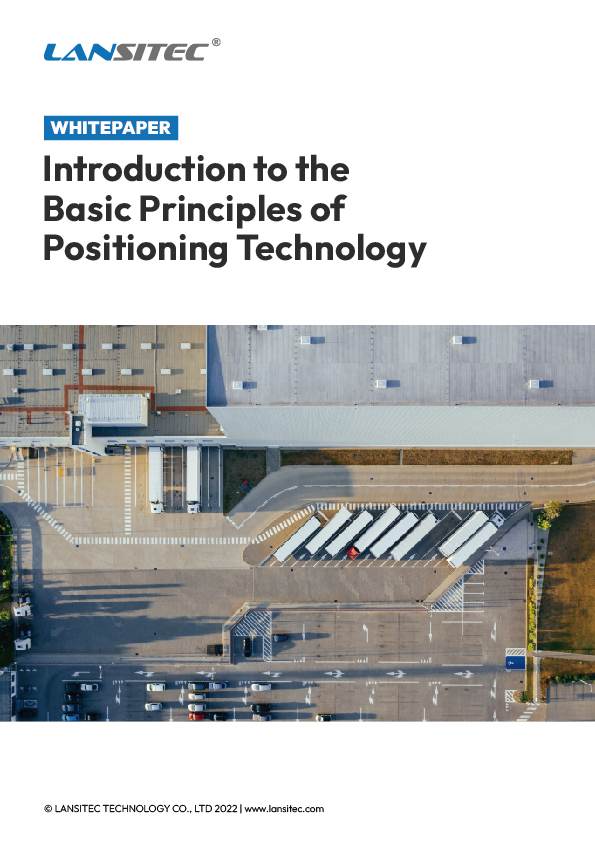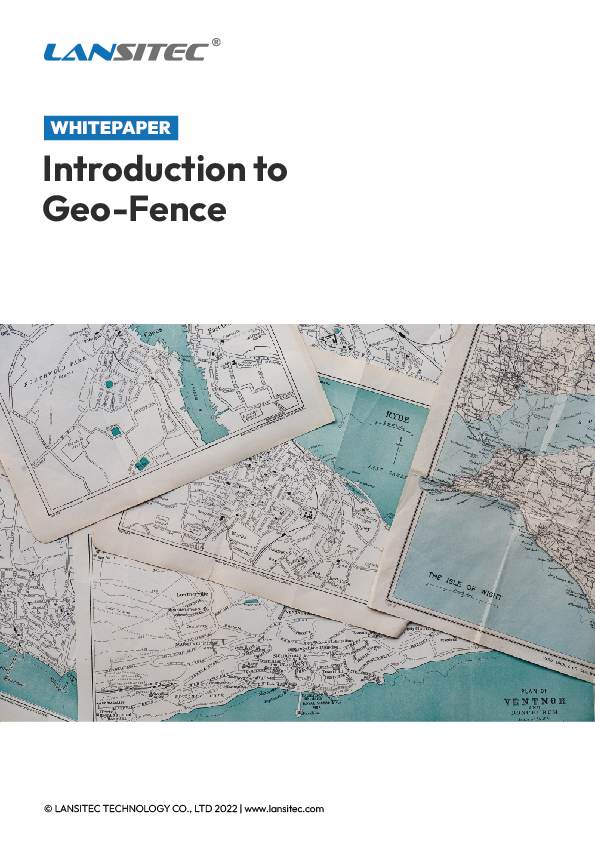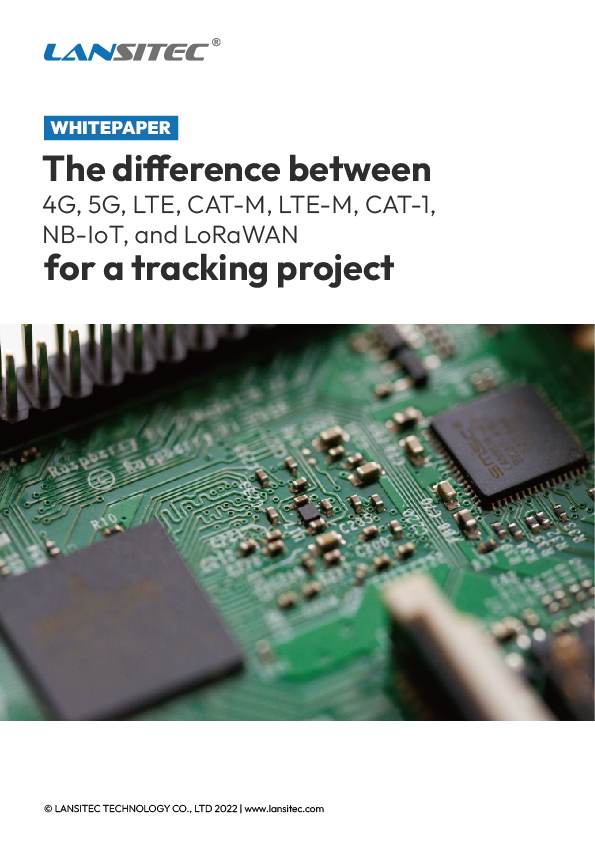The earth itself is a giant magnet that forms a fundamental magnetic field between the geographic north and south poles. However, the earth’s magnetic field is disturbed by metal objects, especially when passing through buildings with reinforced concrete structures. The original magnetic field is disturbed and distorted by the building materials (metal structures), which gives each building a unique ‘magnetic pattern’.
Accurate location information can be obtained by collecting the magnetic field information in the venue in advance and then comparing it with the information collected by the magnetometer in the locator (such as a mobile phone). Theoretically, the differences in geomagnetic fields at different locations are slight, and cannot be measured by ordinary metering tools.
However, this ‘indoor geomagnetic field’ distorted by the disturbance of the building widens the difference of geomagnetic signals, making it possible to obtain indoor geomagnetic data. It thus indirectly improves the positioning accuracy.
The magnetic field pattern of each small space in the room is unique. When the mobile phone obtains the magnetic field characteristics of the area, it performs accurate positioning by matching the magnetic field database in the system. The accuracy may be limited to about 2 meters. But if the layout of nearby buildings changes, such as the vehicle moves, the magnetic field changes with it. Hence, it will be more difficult to guarantee accuracy. This method requires frequent calibration of the magnetic field.
Magnetic Field Positioning Technology Advantages
- Does not rely on hardware
- No cumulative error
- Low cost
Magnetic Field Positioning Technology Disadvantages
- Geomagnetic data collection
- Signal interference
- Iinitial position needs to be calibrated
Magnetic Field Positioning Advantages
1) No hardware required
The positioning environment does not need to deploy additional hardware. There is no construction cost and no additional terminals are required are its advantages.
With mobile phones that have built-in geomagnetic sensors, the whole positioning system is complete to deploy and experience, regardless of scenario and time. The whole system is free of power supply and on-site maintenance issues, which makes it convenient for users to carry out large-scale deployment and applications.
2) No cumulative error
As a matching positioning algorithm, the errors of geomagnetic navigation do not produce a cumulative effect over time. Therefore it is ideal for information integrated with the inertial navigation system, to form an integrated navigation system and calibrate the accumulated errors caused by inertial devices in real time.
3) Low cost
With no hardware cost, the overall cost of the indoor geomagnetic positioning system will be significantly reduced.
Magnetic Field Positioning Disadvantages
1) Geomagnetic data collection
The use of geomagnetic positioning technology begins from the collection of field geomagnetic data. Whenever there is an obvious change in the indoor environment, such as renovation, it is necessary to collect and update the field geomagnetic data, which raises a serious workload for the users.
2) Signal interference
The geomagnetic signal itself is prone to interference from metal objects. The indoor environment is difficult to remain unchanged as well. If a car suddenly passes the user, the field magnetic field will have interfered. Situations like this will inevitably impact the acquisition of its position, so the stability of geomagnetic positioning is worth discussing.
3) Obtaining the initial position
Geomagnetic positioning is a relative position. It is impossible to obtain an initial position immediately. To obtain the initial position, many schemes require users to walk 5 to 8 meters indoors prior to use.
Explore the Whitepaper: Introduction to the Basic Principles of Positioning Technology



